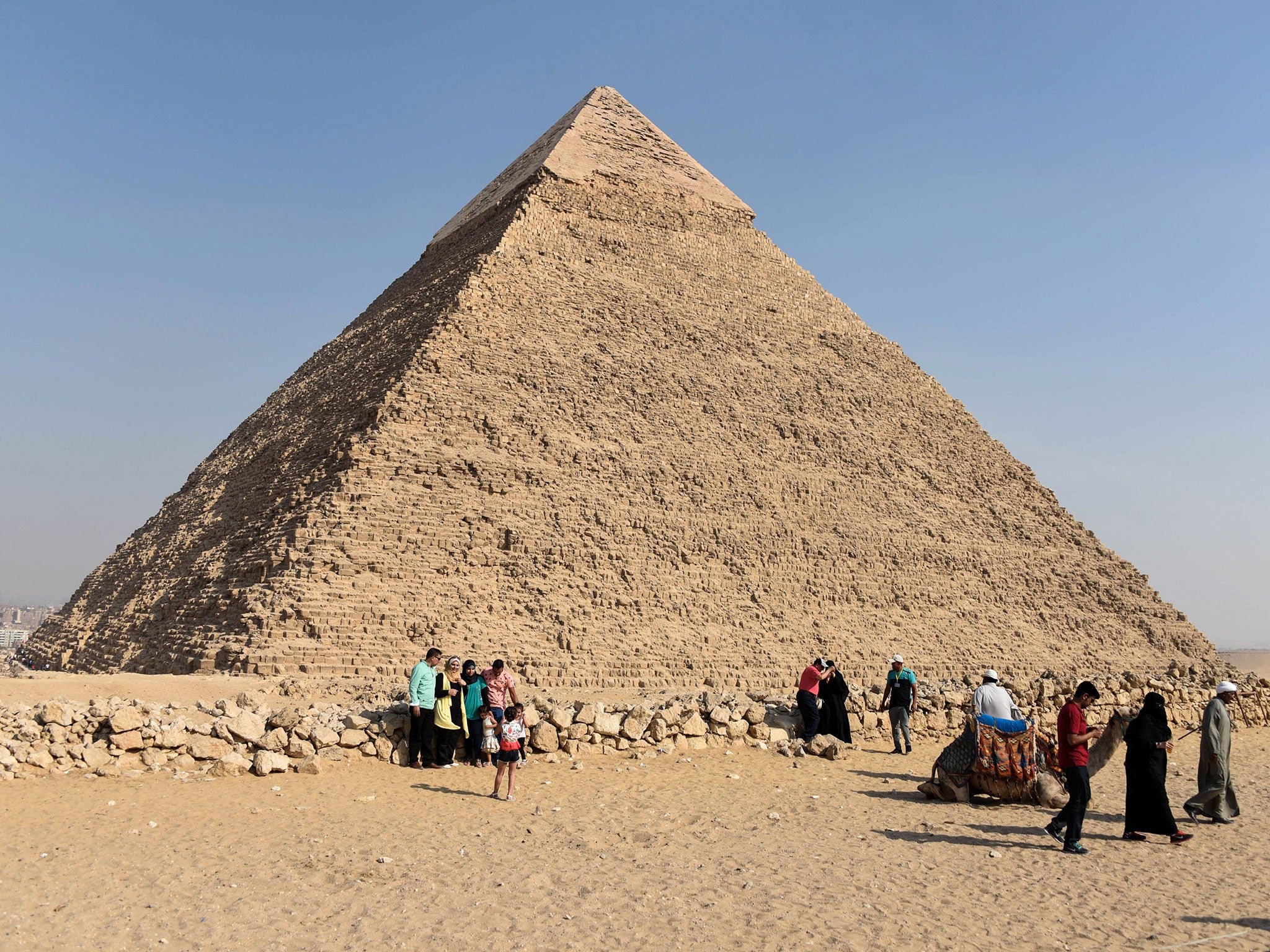Egyptian pyramids have mysterious ‘heat spots’ inside of them, experts say
Officials are unsure about where the ‘thermal anonomies’ are coming from, but it could indicate a so far unknown chamber

Your support helps us to tell the story
From reproductive rights to climate change to Big Tech, The Independent is on the ground when the story is developing. Whether it's investigating the financials of Elon Musk's pro-Trump PAC or producing our latest documentary, 'The A Word', which shines a light on the American women fighting for reproductive rights, we know how important it is to parse out the facts from the messaging.
At such a critical moment in US history, we need reporters on the ground. Your donation allows us to keep sending journalists to speak to both sides of the story.
The Independent is trusted by Americans across the entire political spectrum. And unlike many other quality news outlets, we choose not to lock Americans out of our reporting and analysis with paywalls. We believe quality journalism should be available to everyone, paid for by those who can afford it.
Your support makes all the difference.Mysterious heat patches have been found at the bottom of the Egyptian pyramids, and experts are puzzled as to how they got there.
A team of architects and scientists have found strange heat patterns in three stones at the bottom of the Great Pyramid at Giza. The experts were searching for hidden chambers when they came across the mysterious thermal activity.
Scientists aren’t sure where the heat energy is coming from. But it could be that it is emanating from previously unknown parts of the pyramid, or a sign of internal air currents.
The Great Pyramid of Giza was built around 2600 BC. It is the oldest and biggest of three pyramids in Giza, and takes its name from Egyptian Pharaoh Khufu, from whom it takes its name.
As part of Operation Scan Pyramids, the team said that they have “concluded the existence of several thermal anomalies that were observed on all monuments during the heating up or the cooling down phases”.
It said in particular that it had found an “impressive” heat spot “on the eastern side of the Khufu pyramid at ground level”. It also found the anomalies in the upper half of the pyramid.
It said that the area should be “the subject of further investigation” through the rest of the project, which will last until the end of 2016. The team began scanning the pyramids around two weeks ago.
The project is using infrared thermal cameras to take pictures of the pyramids at sunrise, when they start to heat up, and again at sunset as they cool down again.
Subscribe to Independent Premium to bookmark this article
Want to bookmark your favourite articles and stories to read or reference later? Start your Independent Premium subscription today.
Join our commenting forum
Join thought-provoking conversations, follow other Independent readers and see their replies
Comments